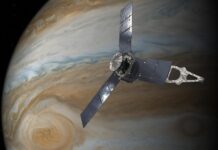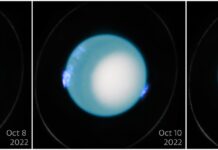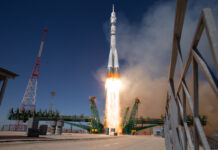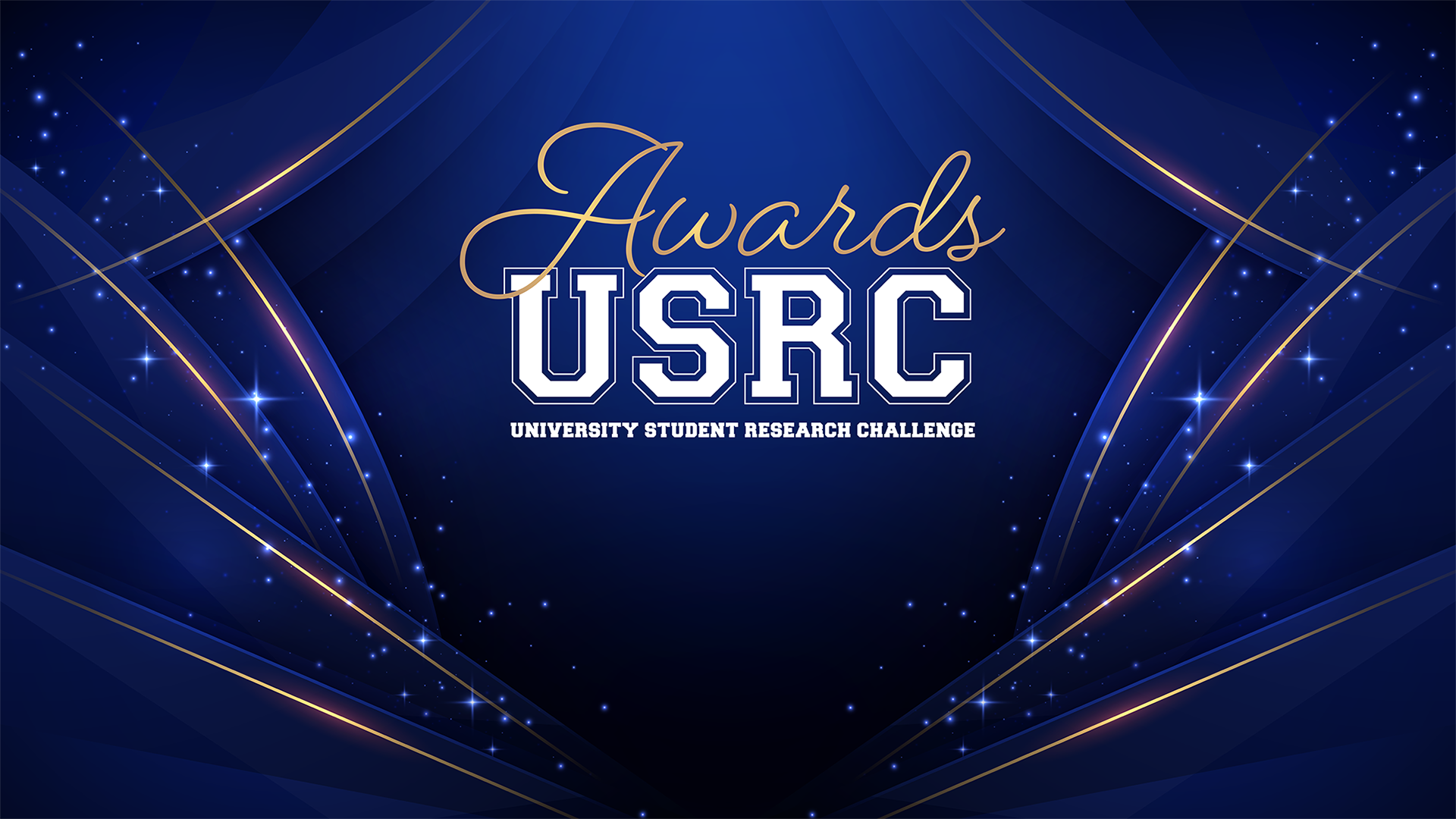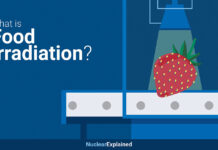Empowering University Students to Innovate: NASA’s University Student Research Challenge
NASA’s University Student Research Challenge (USRC) is a significant initiative that encourages students from accredited U.S. colleges and universities to propose and develop innovative ideas in the field of aeronautics. The program not only provides grants to support these projects but also challenges students to raise additional funds through crowdfunding. This dual approach serves as a comprehensive learning experience, requiring students to adopt a mindset akin to that of entrepreneurs. By engaging in crowdfunding, students raise public awareness about their research, fostering a broader understanding and support for scientific advancement.
Objective of the USRC
The primary objective of the USRC is to inspire students to develop projects that advance the design, technology, and capabilities related to aviation. These projects can range from demonstrating new concepts to enhancing existing aeronautics-related technologies. The challenge encourages a wide array of innovative ideas that can contribute to the future of aviation.
Eligibility Criteria
NASA’s funding is open to all accredited U.S. higher education institutions, including universities, four-year colleges, and community colleges. Students, whether part-time or full-time, must be currently enrolled in these institutions. Interestingly, NASA does not impose any restrictions on the size of the student teams, allowing the scope of the project and the student team leader to define the team composition.
Important Dates and Resources
While the USRC solicitation is currently closed, interested students should note that the next proposal deadline is June 26, 2025. Those interested in receiving updates can visit the NSPIRES website for alerts. Additionally, a USRC Q&A and Proposal Workshop is scheduled for May 12, 2025, at 2 PM ET, providing a platform for potential participants to gain insights and resolve queries ahead of the submission deadline. For further inquiries or to arrange one-on-one sessions, students can reach out via the provided NASA email contact.
Highlights of Selected Projects
The USRC has been a hotbed of innovative projects from various universities, each contributing uniquely to the field of aeronautics:
- Context-Aware Cybersecurity for UAS Traffic Management (Texas A&M University): This project focuses on developing a network authentication and segmentation function that addresses cyber threats in future UAS traffic control systems. The project is led by Vishwam Raval and includes a team of dedicated students and faculty mentors, Jaewon Kim and Sandip Roy.
- Reconnaissance and Emergency Aircraft for Critical Hurricane Relief (North Carolina State University): This initiative aims to deploy advanced unmanned aerial systems to deliver critical supplies and communicate with stranded individuals during natural disasters. Tobias Hullette leads the student team with mentorship from Felix Ewere.
- Design and Prototyping of a 9-phase Dual-Rotor Motor for Supersonic Electric Turbofan (Colorado School of Mines): This project involves designing a scaled-down dual-rotor motor for supersonic electric turbofans. The team, led by Mahzad Gholamian, is guided by faculty mentor Omid Beik.
- Project F.I.R.E (Fire Intervention Retardant Expeller) (Cerritos Community College): Aiming to mitigate wildfires, this project uses drones to release fire retardant pellets. Angel Ortega Barrera leads the student team under the mentorship of Janet McLarty-Schroeder.
- Learning Cooperative Policies for Adaptive Human-Drone Teaming in Shared Airspace (Cornell University): This project focuses on new coordination and communication models for efficient air traffic flow. Mehrnaz Sabet heads the student team with guidance from Sanjiban Choudhury and Susan Fussell.
Innovative Projects Across the U.S.
The USRC has supported numerous projects that highlight the ingenuity and dedication of students across the country:
- Investigation on Cryogenic Fluid Chill-Down Time (University of Washington, Seattle): A project investigating the reduction of boil-off in cryogenic fluids using vortex generators.
- Clean Forever-Flying Drones (Purdue University): This project envisions an ocean-based fueling station for drones, utilizing ocean water for hydrogen extraction to aid climate monitoring.
- Intelligent Drone for Emergency Response (Louisiana State University and A&M College): An initiative to use machine learning for real-time detection during emergency operations.
- Advancing Aerospace Materials Design (California State University, Channel Islands): This project uses computational modeling to study corrosion damage in aerospace materials.
- Swarm Micro UAVs for Area Mapping (Embry-Riddle Aeronautical University): A project utilizing swarm robotics to map complex environments.
- AeroFeathers (Michigan Tech University): A project inspired by owl feathers to design low-noise propeller blades and fixed-wing concepts.
- Laser Energized Aerial Drone System (Michigan State University): Utilizing laser-based power transfer for sustained UAV flight.
- UAM Contingency Diagnosis Toolkit (Ohio State University): Developing a toolkit to aid contingency diagnosis in Urban Air Mobility systems.
Conclusion
The University Student Research Challenge (USRC) is a testament to NASA’s commitment to fostering innovation and education in the field of aeronautics. By integrating crowdfunding, the program not only supports financially but also instills entrepreneurial skills among students. Through their innovative projects, students are actively contributing to the advancement of aviation technology, paving the way for a future where aeronautics is safer, more efficient, and more sustainable. This initiative empowers the next generation of scientists and engineers, ensuring that they are well-equipped to tackle the challenges of tomorrow’s aviation landscape. For more information and updates on the USRC, visit the official NASA website link provided in the original article.
For more Information, Refer to this article.



















